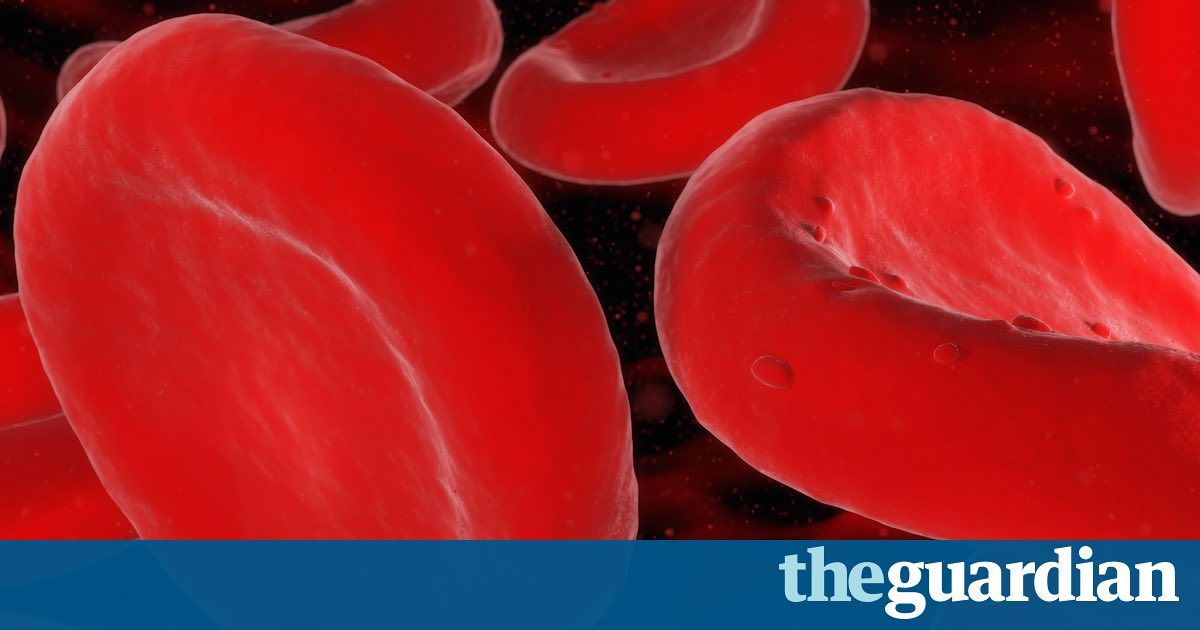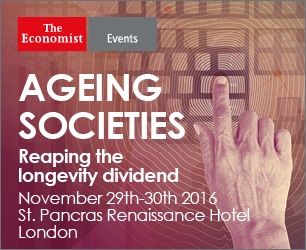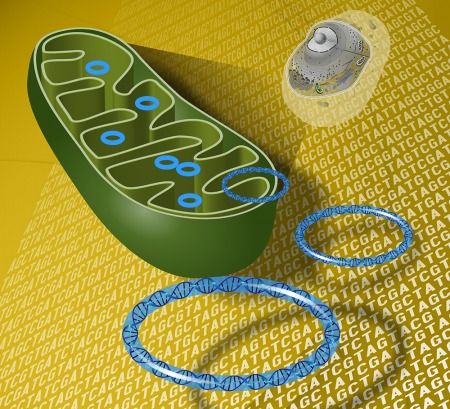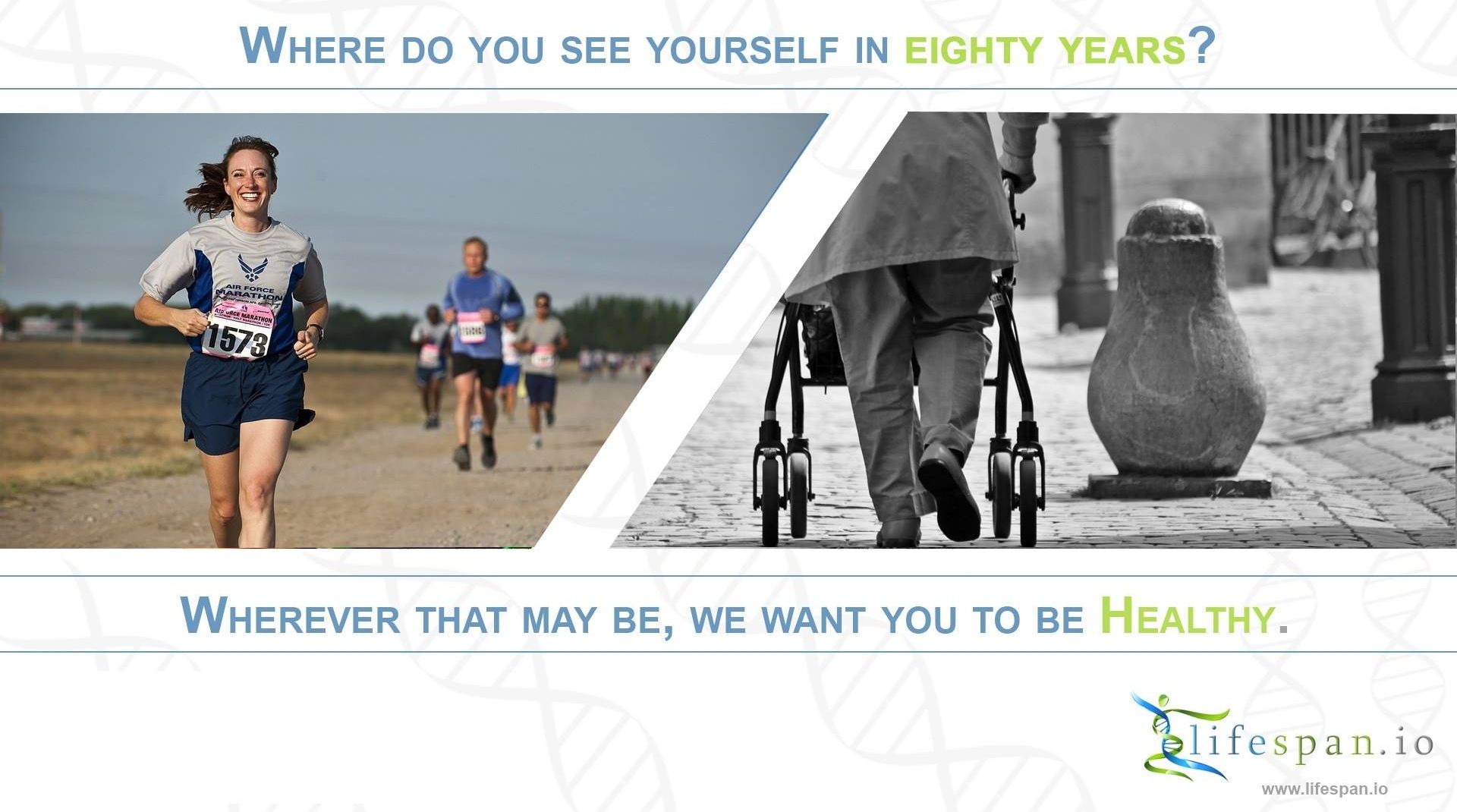
Speculation about what order rejuvenation biotechnologies will arrive.
The first rejuvenation therapies to work well enough to merit the name will be based on the SENS vision: that aging is at root caused by a few classes of accumulated cell and tissue damage, and biotechnologies that either repair that damage or render it irrelevant will as a result produce rejuvenation. Until very recently, no medical technology could achieve this goal, and few research groups were even aiming for that outcome. We are in the midst of a grand transition, however, in which the research and development community is finally turning its attention to the causes of aging, understanding that this is the only way to effectively treat and cure age-related disease. Age-related diseases are age-related precisely because they are caused by the same processes of damage that cause aging: the only distinctions between aging and disease are the names given to various collections of symptoms. All of frailty, disease, weakness, pain, and suffering in aging is the result of accumulated damage at the level of cells and protein machinery inside those cells. Once the medical community becomes firmly set on the goal of repairing that damage, we’ll be well on the way to controlling and managing aging as a chronic condition — preventing it from causing harm to the patient by periodically repairing and removing its causes before they rise to the level of producing symptoms and dysfunction. The therapies of the future will be very different from the therapies of the past.
The full rejuvenation toolkit of the next few decades will consist of a range of different treatments, each targeting a different type of molecular damage in cells and tissues. In this post, I’ll take a look at the likely order of arrival of some of these therapies, based on what is presently going on in research, funding, and for-profit development. This is an update to a similar post written four years ago, now become somewhat dated given recent advances in the field. Circumstances change, and considerable progress has been made in some lines of research and development.
Continue reading “Predicting the Order of Arrival of the First Rejuvenation Therapies” »

















